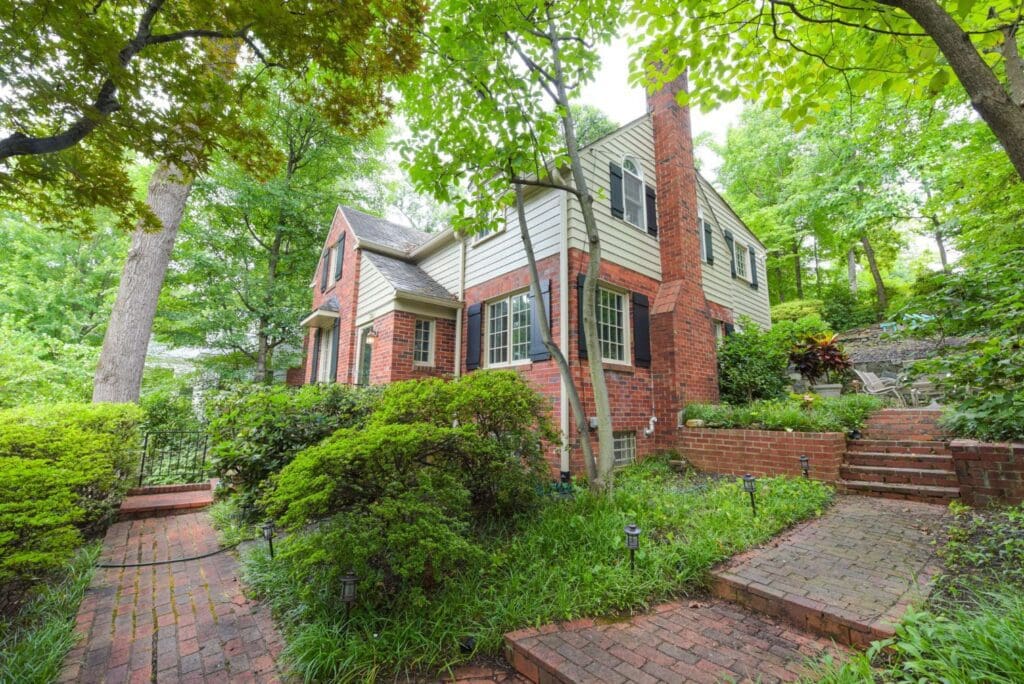Home inspections are an integral step in the real estate transaction process. They provide a snapshot of the condition of a home and can uncover potential issues that might be expensive to fix in the future. Whether you’re a buyer wanting to know more about your prospective home or a seller preparing your home for the market/staying up-to-date with your home, there are some crucial things to keep in mind about home inspections.
- Test Radon Regularly
- Radon is a colorless, odorless radioactive gas that is harmful when inhaled. It’s imperative to retest radon every 2 to 3 years especially if you’ve undertaken renovations like replacing windows or doors to make your home more energy-efficient. Radon levels can change and can be influenced by these modifications.
- Understand Your Brick
- Not all brick walls are created equally; real brick is much more sturdy than brick veneer. The cons of building with a veneer are the single-layer design means it is not as strong or durable as a solid brick wall. Additionally, when not installed correctly, a veneer wall can potentially cause water issues. You can spot brick veneer if the bricks are uniformly sized, but real bricks vary in size because some are turned and become part of the wall’s structural support.
- Keep an Eye on Wall Cracks
- Horizontal cracks are extremely concerning. They can evolve quickly and indicate severe structural issues.
- Cracks through bricks are also a sign of potential structural disturbance.
- Step cracks usually signify settling, which can be natural but should be monitored.
- Spotting Mold
- Look for mold patterns. Mold tends to form recognizable patterns. Using a bright flashlight (your phone’s light isn’t strong enough) helps in detecting these patterns, especially in dark corners.
- Mold location matters. While finding mold in crawl spaces or attics might be less concerning since it’s outside the primary breathing area, it’s still essential to address it to prevent further spread.
- Plumbing Concerns
- Galvanized pipes (from 1930-1950’s) can become clogged over time but can be cleaned out with pressure washing.
- Orangeburg or “no-corrode” pipes are a type of home sewer pipe used in many properties built from 1945 to 1972 consisting of a bituminized fiber pipe made from a mixture of hot pitch and wood pulp. These are known to fail and need attention. Things to look out for include:
- Slow draining
- Frequent toilet back-ups
- Foul sewer odors inside the home
- Mold issues
- Lawn patches that appear greener than others
- Dips or indentations in the lawn
- Sinkholes in the foundation
If it’s determined that your Orangeburg piping is in decent shape or at least salvageable, a professional plumber can use trenchless technologies to avoid digging up your yard. Basically, trenchless technology involves inserting a new pipe inside the old pipe; it’s done by feeding a liner inside the pipe, inflating it, and curing it to seal it in place. However, if your Orangeburg piping is beyond repair, it will need full replacement with PVC piping to avoid complete collapse.
- For homes that are newly constructed, flipped, have large trees in the yard, or exhibit a raising sidewalk which can indicate root intrusion, keep in mind doing a drain line inspection.
- Termites
- Don’t forget about these small but mighty pests! Refill termite canisters yearly with a service. Termites can cause significant damage if left unchecked.
The bottom line:
A thorough home inspection is invaluable, giving buyers peace of mind and sellers an edge in a competitive market. Regular checks, like those for radon and termites, should be scheduled yearly or every couple of years to ensure a safe and sturdy home. Always trust professionals to conduct these tests and provide guidance on any potential issues uncovered.


